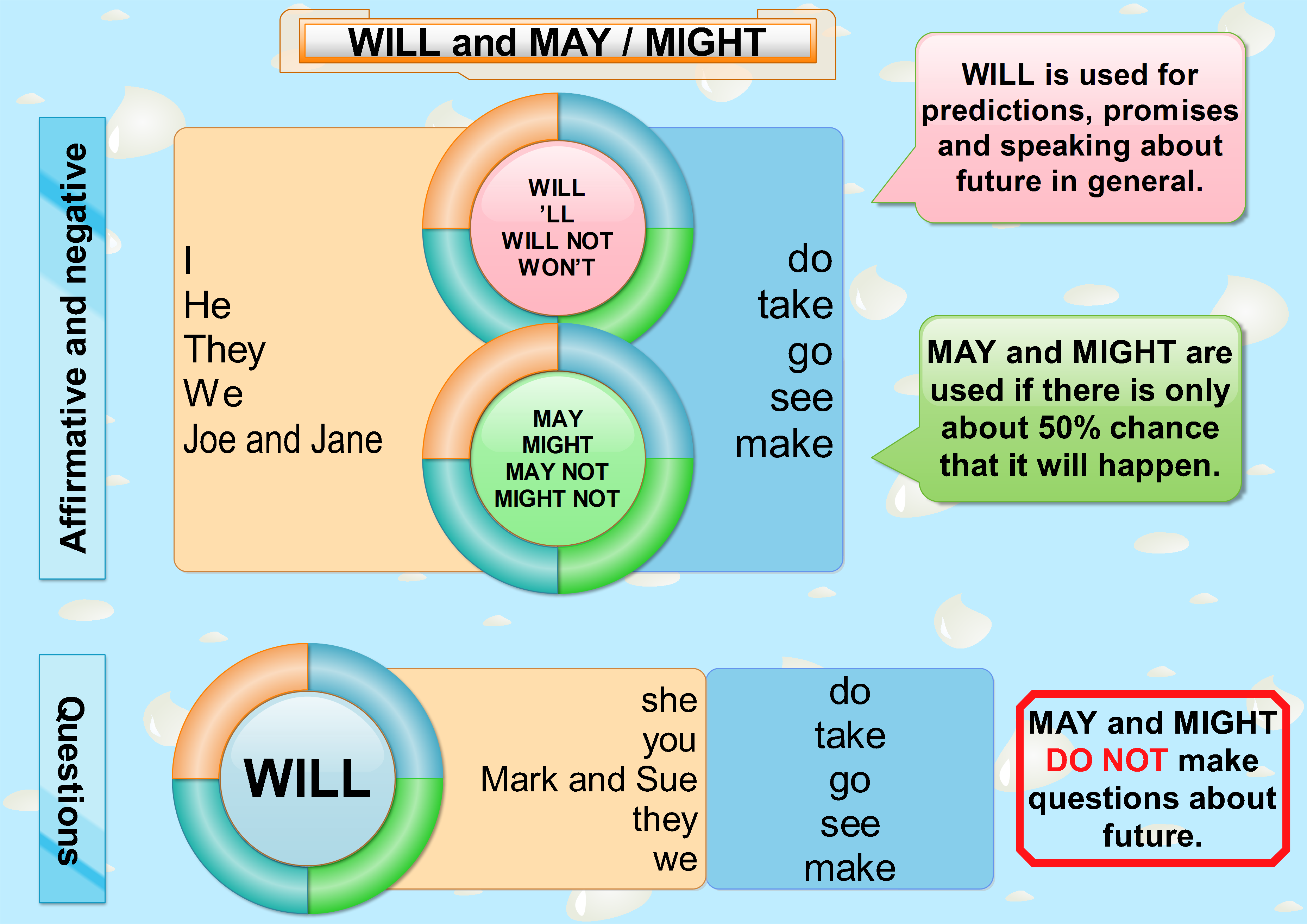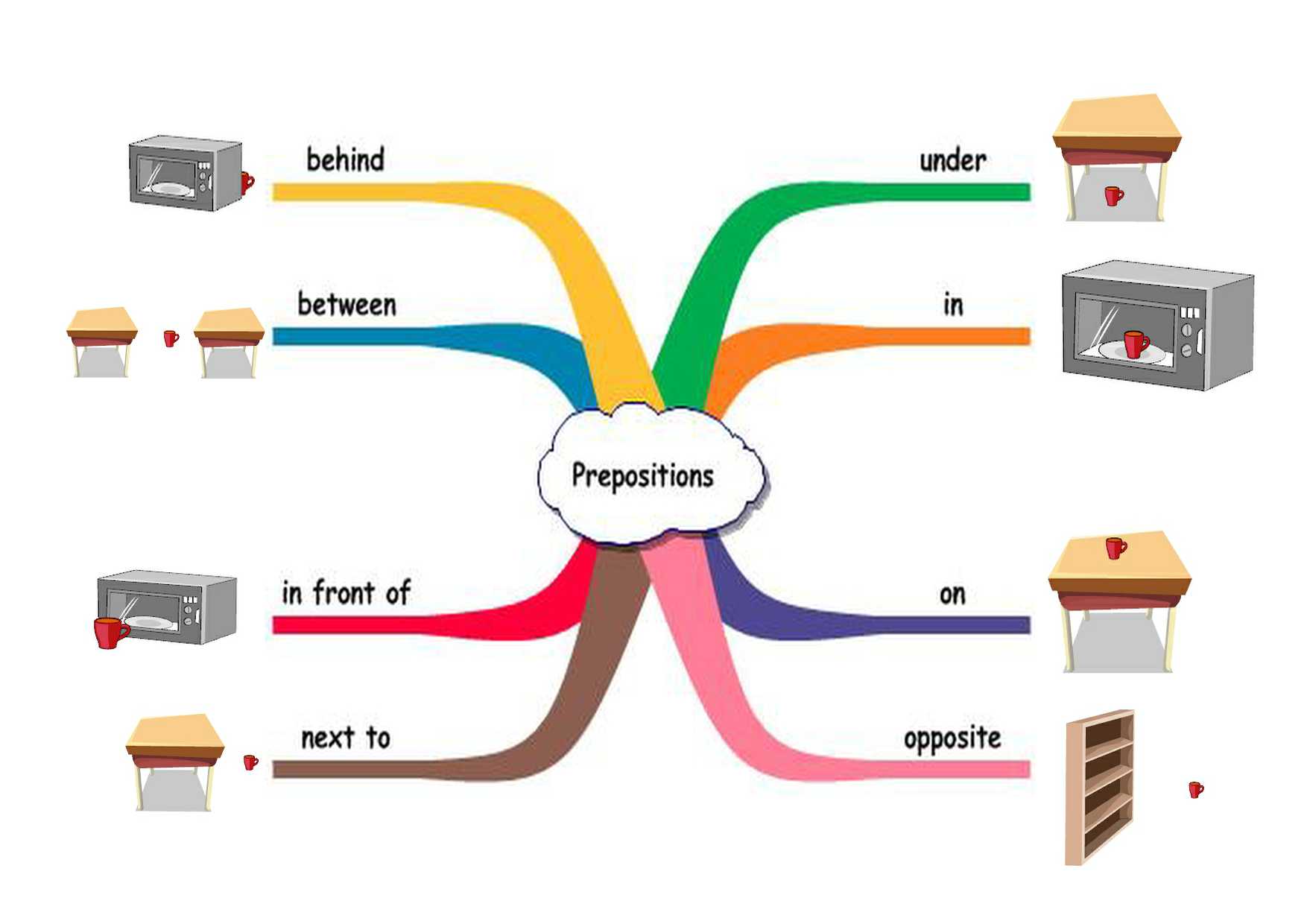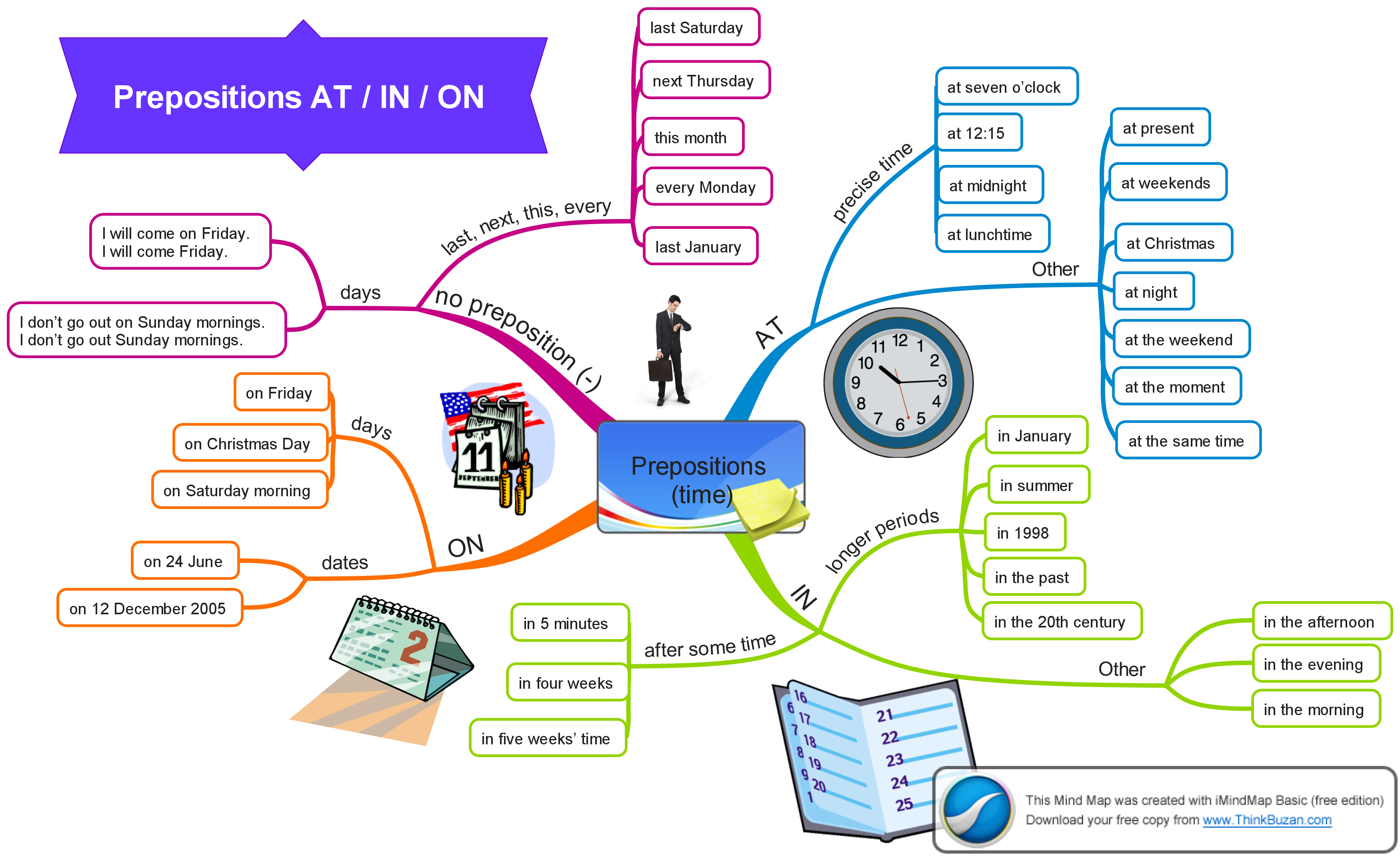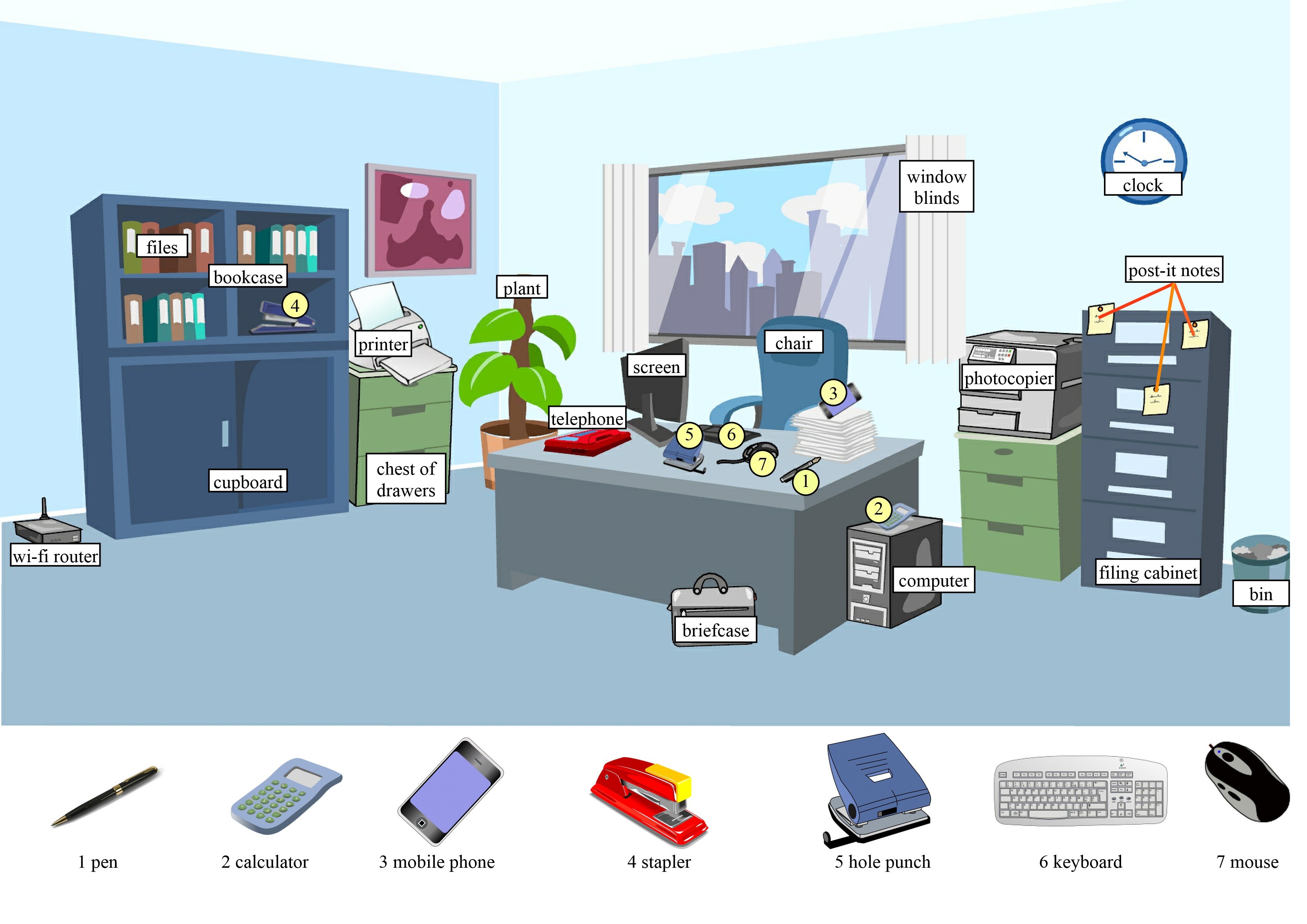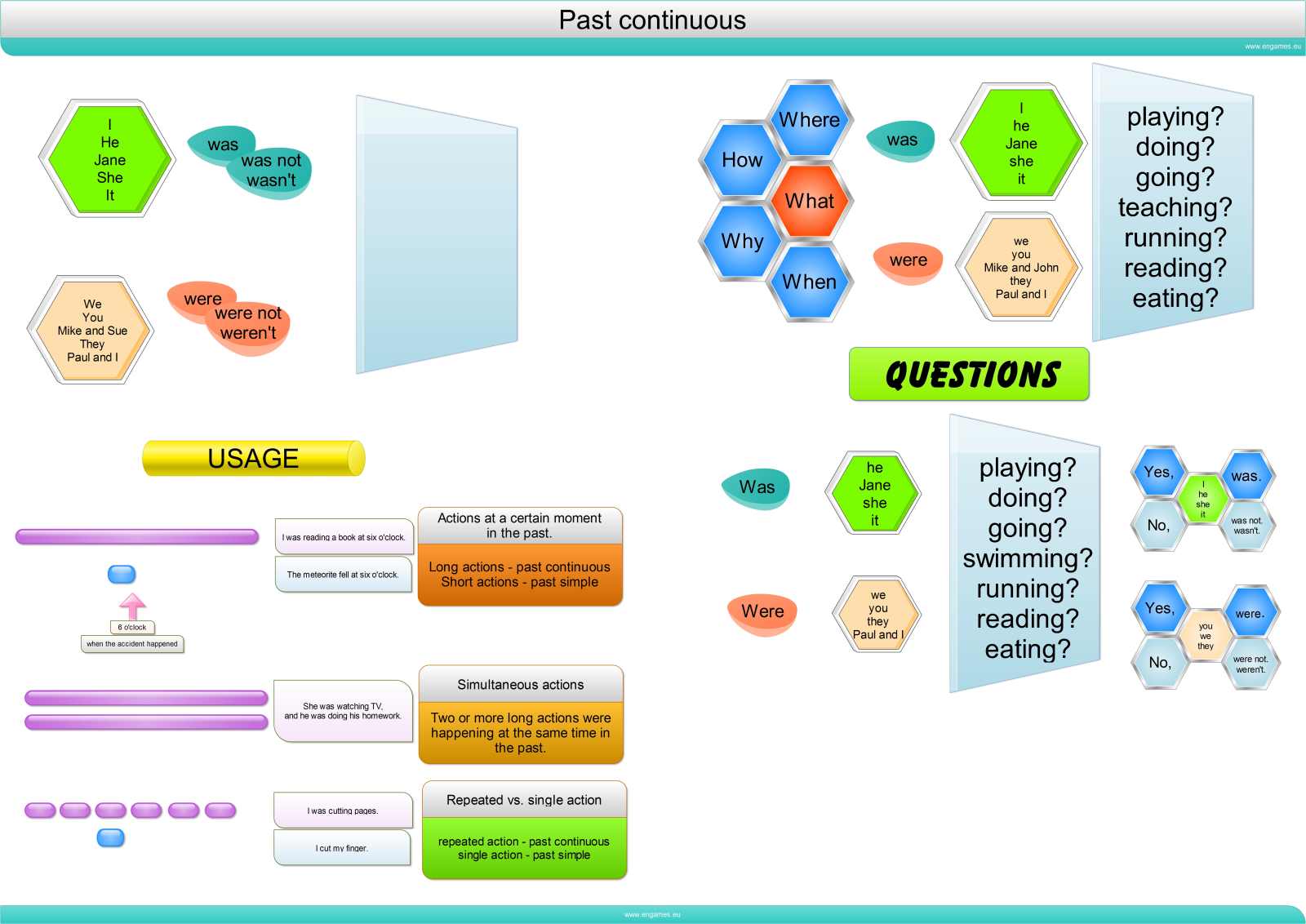How to get students speaking
Do you remember the last time you were speaking to a foreigner in your mother tongue? What problems did you encounter? What made the conversation difficult?
I speak to foreigners every day and here are the reasons why our conversations in my mother tongue are difficult and not enjoyable (number 1 is the most important factor and number 5 the least important one):
1. Pronunciation – sometimes the speakers say some key words in such a way that I don’t know what they are talking about.
2. The topic of conversation – it is hard to find a topic to talk about.
3. Culture – is it OK to say something like this?
4. Vocabulary – what do they mean by saying these words?
5. Grammar – has it already happened or is he just talking about his plans?
As our students are foreigners learning English these five things must be taken into account and dealt with when we teach speaking.
Below I try to explain how to include the five points in our speaking activities. And then I suggest an activity that deals with all these problems and really teaches our students to speak.
Pronunciation
If our students mispronounce the key words, no one will understand them. Therefore pronunciation must be given proper attention.
It is true that no matter how hard we try, 90% of our students will have an accent. However, we must aim at making their pronunciation as close to the native one as possible. Thus, when they pronounce the words correctly, the listener will know what they speak about.
Topic
This one is hard. For our classrooms we often choose a topic we think the students will be interested in, but the students have nothing to say. Or they have something to say, but as the class is monolingual they will say it in their MT because the language is much more readily available than English. Their ideas are formed in their MT, not in English.
If we want our students to talk about something, we need to give them blocks of language to use. Maybe we could introduce topics our students know nothing about in their MT. Then the English ideas will be more readily available than the blocks in their MT. But anyway, we need to equip our students with the tools to be able to speak about something – later anything.
Culture
As I mention above, our students often don’t have the language readily available to use. However, sometimes they learn some phrases in films or online. Then they use these chunks, but the language is utterly inappropriate. For example, some students use the F words and it is really hard to explain to them that these sentences are not good. Therefore, it is our responsibility to supply learners with phrases that are not only suitable for the context, but that will not hurt anyone, too.
Vocabulary
If you don’t know the words, the listener will try to help you. That is why I put it only in place number 4. But once you don’t know too many words, the conversation is over. No one will have so much patience.
Grammar
Grammar isn’t usually a problem. If someone says ‘I go Croatia last week.’ you will understand perfectly what they mean. The listener usually has enough context and background knowledge to understand everything. However, bad grammar slows down communication and may lead to misunderstanding.
Teaching speaking
Having considered all the factors above I think that the following speaking activity is the best for our students:
Short plays
The teacher will write short dialogues, monologues and sketches which students will learn and perform. These plays will contain readily usable blocks of language which students learn and have at their disposal for all speaking activities.
For example, we would like our students to tell us what they have at home. The teacher will write a short dialogue between a student and a teacher, where the teacher asks and the students say what they have at home.
In the first lesson, the teacher will drill the pronunciation of the text with the students and then the students will have to learn the dialogue by heart.
In the following lesson, students will try the dialogue in pairs. The teacher will deal with pronunciation issues again.
In the third lesson, the teacher tests the students that they really know their half of the dialogue. Once everyone knows their lines, the teacher asks them to use the printout of the dialogue and change the facts so that the dialogue is true for them.
Then the teacher performs the play with the students again, but he wants to hear the real answers this time. The students have to learn the new lines by heart for the next lesson again.
And in the following lessons, the teacher randomly asks the students using the lines from the dialogue.
This can be applied to many different contexts: shopping for clothes, buying fast food, giving your opinion about a film or a singer, speaking about your holiday.
Setting the plays
To help our students, we need to change the settings in which our plays occur. Thus when doing dialogue in a shop the students should be in a shop if possible.
If it isn’t possible, use modern technology and project a shop on the white screen and play the sounds.
It sounds like a lot of work, but once we equip our students with chunks of the language they will be able to respond even in situations which they have not been trained for.
Example dialogue:
Teacher: What have you got at home?
Student: We have got a television, a computer, several mobile phones and a car.
Teacher: Have you got a brother?
Student: No, I haven’t.
Teacher: Have you got a sister?
Student: Yes, I have. Her name is Jane.
Teacher: What has your sister got?
Student: She has got some dolls and an MP3 player.
Teacher: What is the best thing you have got?
Student: The best thing that I have got is my game console. Its name is Nintendo Switch.
SHARE, please
If you decide to follow my recommendations and you will write some short plays, please be kind enough to share them with me and other readers.
My email address is rotreklzdenek@seznam.cz
Thank you!!!

